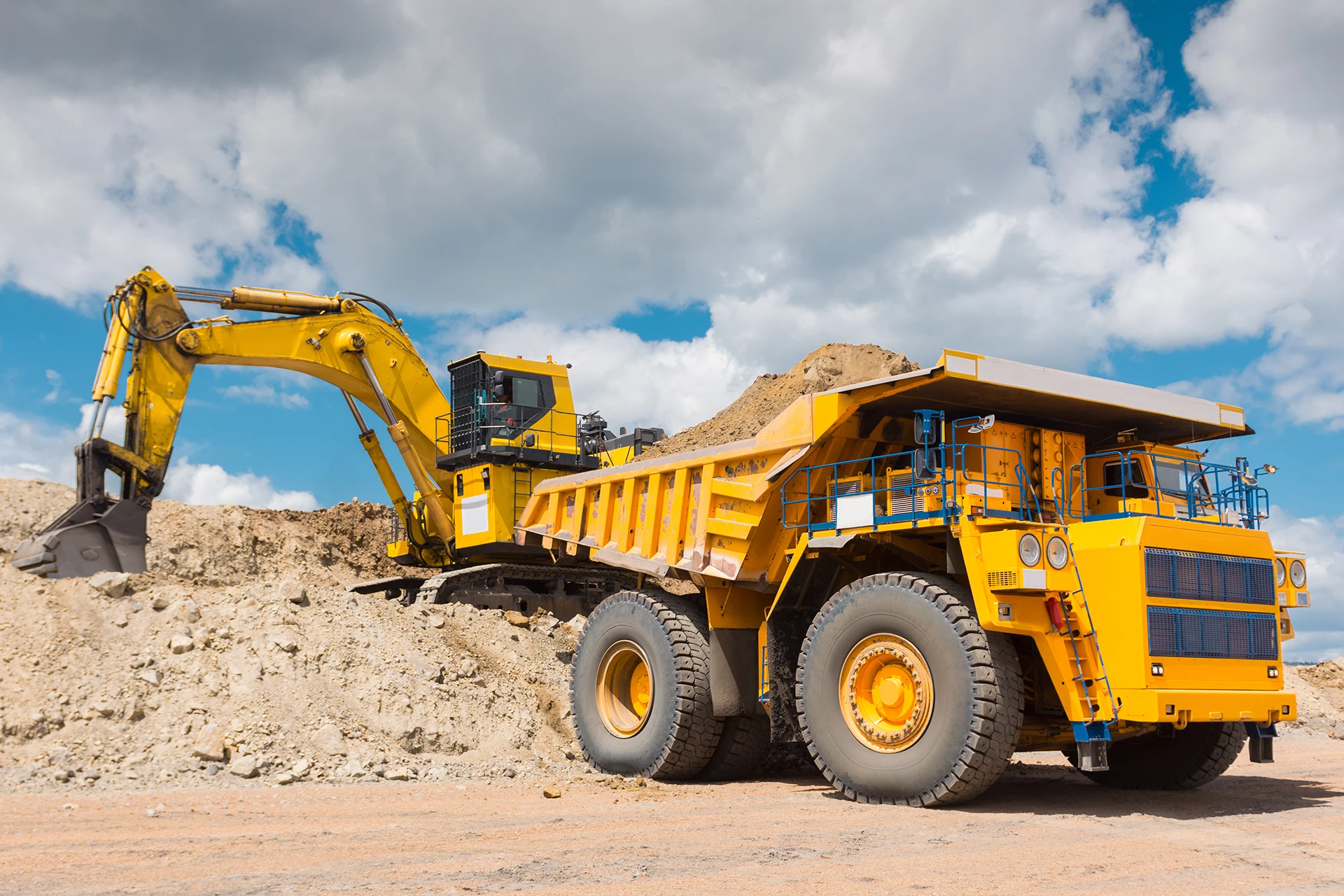Mini Excavator Rental: Compact and Powerful Equipment
Mini Excavator Rental: Compact and Powerful Equipment
Blog Article
Renting Out Vs. Acquiring Construction Equipment: Making the Right Selection for Your Project
When getting started on a construction job, one of the critical choices that forecast stakeholders and managers deal with is whether to lease or buy construction devices. The decision hinges on different factors such as price considerations, project duration, devices upkeep, scalability, versatility, and threat monitoring.
Expense Considerations
Renting out devices commonly requires reduced initial settlements contrasted to acquiring, making it an eye-catching choice for short-term projects or professionals with budget restraints. In the lengthy run, continually renting out equipment can accumulate higher expenses than buying, particularly for extensive jobs.
On the other hand, getting construction tools includes higher upfront prices however can cause long-term savings, especially for frequent individuals or long-term jobs. Owning equipment offers flexibility, comfort, and the potential for resale value once the job is finished. In addition, having devices enables for personalization and familiarity with details equipment, potentially increasing efficiency and productivity on-site. Inevitably, the decision between purchasing and renting out building and construction devices pivots on the task's period, frequency of use, budget considerations, and long-lasting economic objectives.
Job Period

Conversely, for lasting jobs or ongoing construction job, getting equipment can be the extra cost-effective option. Buying devices can result in cost savings in the lengthy run, particularly if the equipment will certainly be regularly used. Furthermore, owning equipment provides a feeling of control over its schedule and permits for modification to fit particular job requirements.

Equipment Upkeep
Given the critical role project duration plays in figuring out one of the most cost-effective strategy between getting and renting construction equipment, the focus currently changes in the direction of taking a look at the important facet of equipment maintenance. Appropriate upkeep is vital for making sure the ideal efficiency and durability of building and construction equipment. Renting out tools frequently features the benefit of having actually well-kept machinery offered by the rental company. This can ease the worry of upkeep tasks from the task proprietor or service provider, conserving time and effort. On the various other hand, having equipment needs a positive approach to maintenance to protect against breakdowns, ensure safety, and expand the devices's life-span. Regular inspections, servicing, and timely repair services are required to maintain owned and operated devices in top functioning condition. Aspect in maintenance expenses when choosing between buying and leasing, as neglecting upkeep can bring about expensive repair services, downtime, and task hold-ups. Inevitably, a properly maintained building devices fleet, whether rented out or possessed, is vital for the effective and reliable conclusion of building jobs.
Adaptability and Scalability
In the realm of building and construction tools management, the aspect of adaptability and scalability holds substantial relevance for task performance and resource application. Deciding to lease building equipment supplies a high level of adaptability as it enables for the fast modification of equipment kinds and amounts based upon the progressing demands of a job. Leasing enables service providers to access a large range of specific devices that might be required for specific jobs without the long-lasting dedication of ownership. This adaptability is especially useful for tasks with differing needs or unclear periods (mini excavator rental).
Moreover, scalability, an additional essential aspect, is inherently linked to adaptability. Renting out construction tools supplies the benefit of conveniently scaling operations up or down as project demands fluctuate. Professionals can promptly exchange or include equipment to match the project's changing demands without the constraints of possessing possessions that may become underutilized or obsolete. This capacity to range resources efficiently can cause expense savings and boosted job timelines, making leasing a beneficial option for projects needing adaptability and receptive resource allotment.
Threat Administration
Reliable threat management in building devices operations is paramount to ensuring task success and mitigating potential monetary losses. Building and construction jobs naturally involve different threats, such as equipment malfunctions, mishaps, and job hold-ups, which can considerably influence the task timeline and spending plan. By meticulously considering the dangers related to owning or renting out building equipment, job supervisors can make educated decisions to decrease these potential threats.
Renting out building devices can provide a level of threat reduction by moving the duty of repair and maintenance to the rental business. This can reduce the monetary concern on the task proprietor in situation of unforeseen devices failures (mini excavator rental). In addition, renting gives the flexibility to access specific tools for specific task stages, lowering the danger of having underutilized equipment
On the various other hand, possessing building devices offers a sense of control over its usage and upkeep. Nonetheless, this also indicates bearing the full duty for fixings, upkeep expenses, and depreciation, raising the economic risks related to devices possession. Cautious danger analysis and factor to consider of variables such as job duration, tools usage, and maintenance requirements are important in identifying the most appropriate option for efficient danger management in building and construction jobs.
Conclusion
Finally, when making a decision between acquiring and leasing building tools, it is necessary to consider cost, job duration, devices maintenance, flexibility, danger, and scalability monitoring. Each aspect plays an essential duty in establishing one of the most ideal option for the task available. By thoroughly reviewing these aspects, project supervisors can make an educated choice that aligns with their spending plan, timeline, and overall task objectives.

Report this page